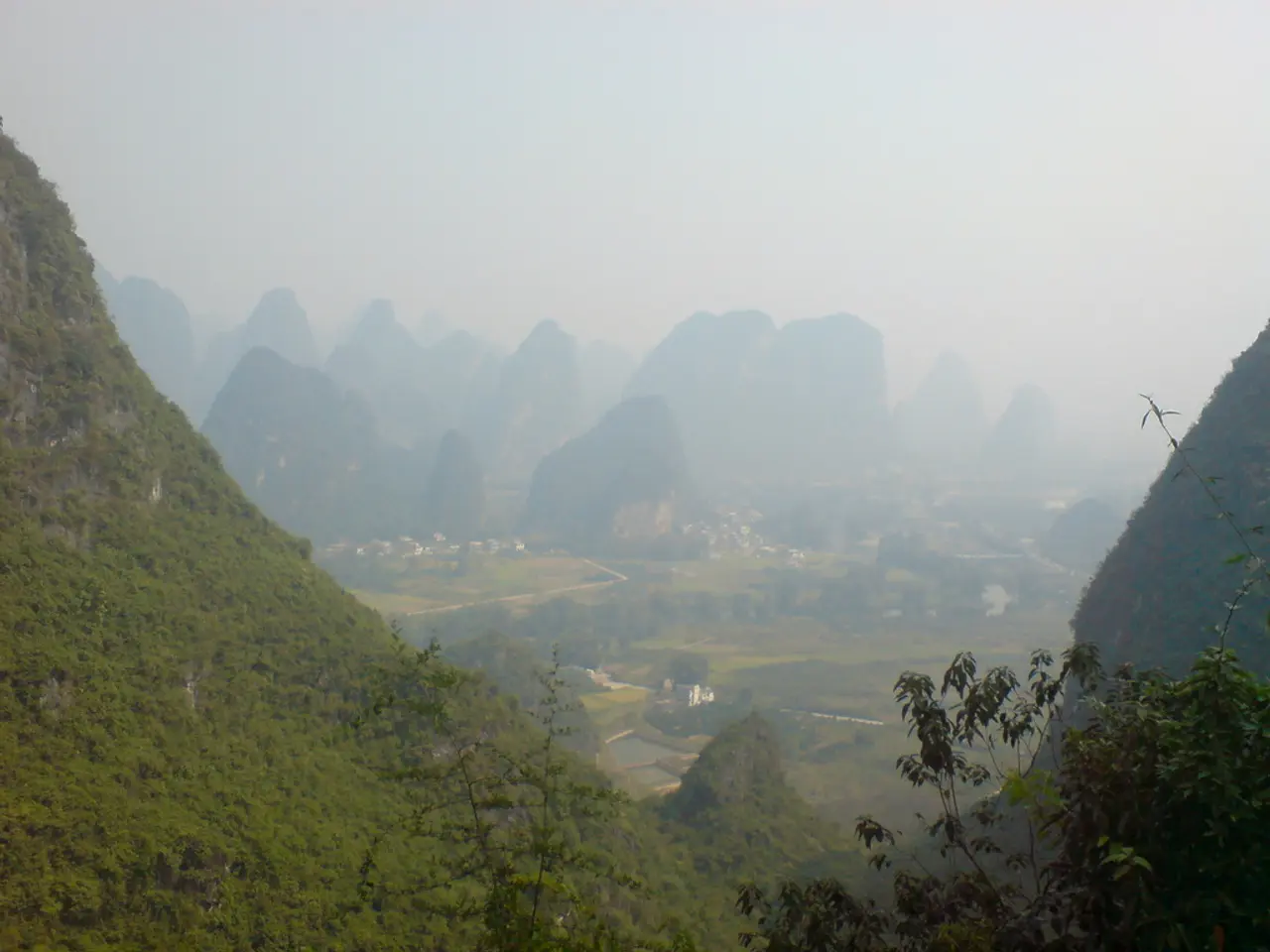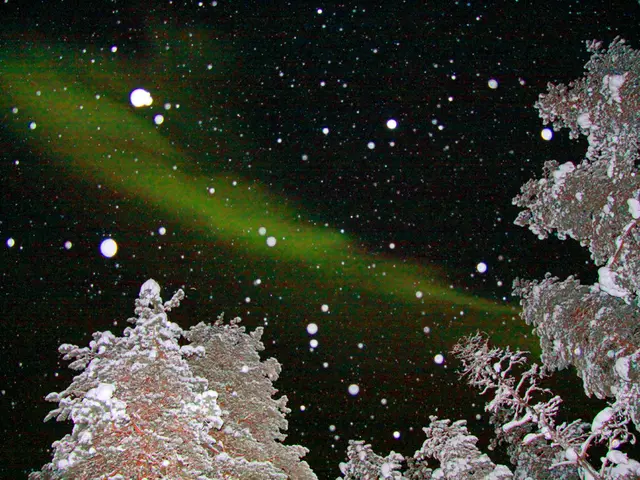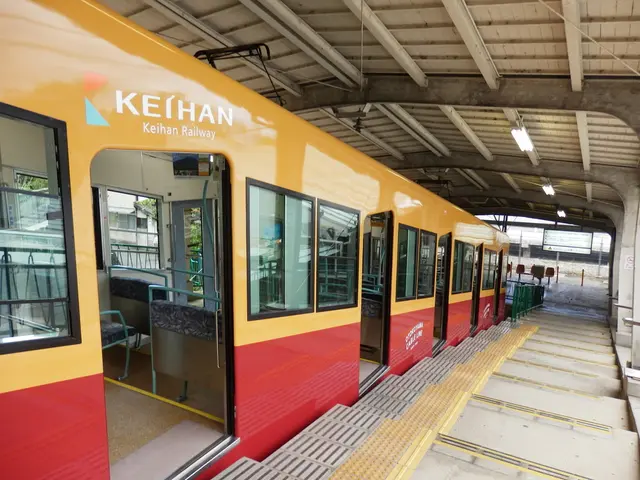Torrential rainfall is characteristic of July mountain weather.
Article Title: July Rainfall Boosts Water Levels in North Rhine-Westphalia's Dams and Wupper River
The summer holidays in North Rhine-Westphalia began in mid-July, but the weather was far from ideal. Showers throughout the season were a common occurrence, providing some relief from the heat while also contributing to the region's water supply.
The dam water in the Wupper river basin is crucial for ensuring the minimum water flow in the Wupper. Unfortunately, the inflows to the water supply dams remained at a low level, reflecting the drought of the last few months. However, the consistent summer rainfall helped to alleviate this issue to some extent.
At the Lindscheid measuring point at the Große Dhünn-Talsperre, 114 liters of rain per square meter were recorded, with an average of 108 liters there. Similarly, at the Bever-Talsperre measuring station in Hückeswagen, the same amount of rain per square meter was recorded in July, which is the average there. These rainfall amounts helped to maintain moderate precipitation levels, benefiting the water levels in the dams.
The month of July had both summer temperatures and overcast weather. The average temperature in North Rhine-Westphalia was 18.4 degrees Celsius, which was 1.5 degrees higher than usual. The number of sunshine hours for North Rhine-Westphalia in July was slightly above the average of 187 hours with 197 hours.
The rainfall in July was particularly beneficial for nature, providing the necessary moisture for plants and animals. The discharge from the water supply dams is an important support for the sensitive ecosystem in the Wupper.
While there are no specific figures on the water level changes for July 2025, the consistent summer precipitation typically raises reservoir levels and supports water supply in the region, particularly after dry spells common in late spring. The further drop in the water levels in the large water supply dams Wupper and Bever-Talsperre has been temporarily slowed down, according to the Wupperverband.
From the perspective of water management, steady rain is still welcome. At our website's measuring point, the Kläranlage Solingen-Burg, 116 liters were measured, with an average of 111 liters there. At the Kläranlage Buchenhofen, 87 liters were recorded, with an average of 100 liters there. The water levels in the Wupperverband's three drinking water dams (Große Dhünn-Talsperre, Kerspe-Talsperre, and Herbringhauser Talsperre) are currently uncritical.
In conclusion, July rainfall's overall impact was beneficial in sustaining or improving water levels in the Wupper and other dams in North Rhine-Westphalia by providing moderate precipitation during the otherwise warm summer period. The rainfall maintained a balance in water availability, ensuring the continued supply of raw water to the waterworks and supporting the sensitive ecosystem in the Wupper.
Read also:
- Right-wing aggressions surpass left-wing responses in attacks against Kaufhold
- Brazil's Congress enacted less stringent environmental regulations.
- Puzzling Extraterrestrial Encounter: Exploring the Mystery in A. Bertram Chandler's "The Cage"
- Contest between Native American tribe and Trump administration settled in favor of tribe -- temporarily








